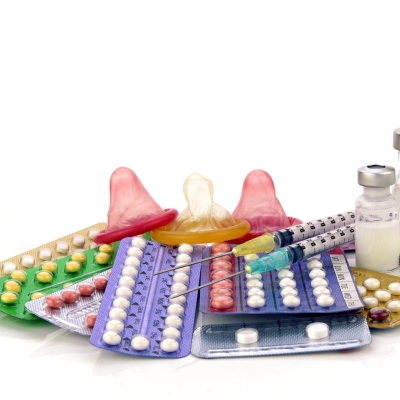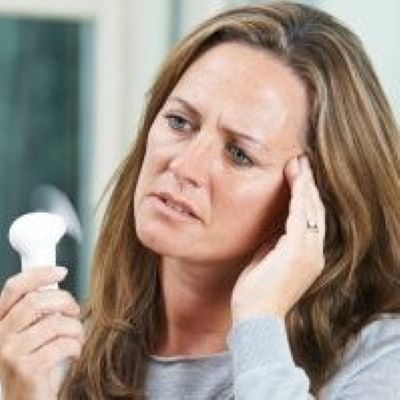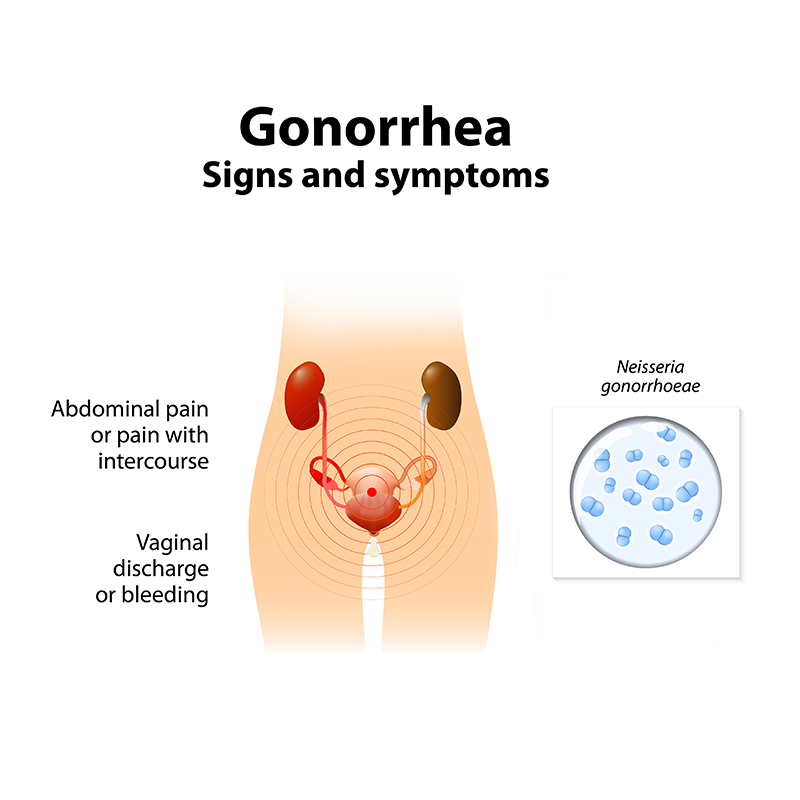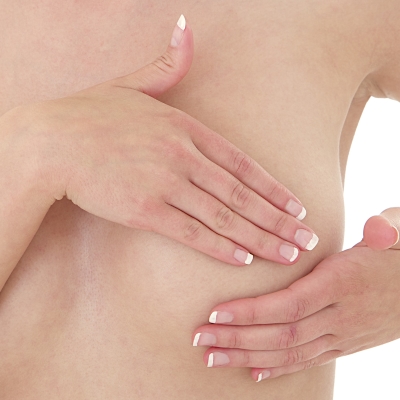More than one million women in the United States alone suffer from pelvic inflammatory disease each year. Females under twenty years old are affected more often than women in a higher age bracket. Left untreated, it can cause infertility, ectopic pregnancy, subsequent scar tissue (adhesions), chronic pelvic pain, complications to an unborn baby if you are pregnant, cancer and many other serious, even life threatening problems. If ignored, more than 25% of women affected suffer some or all of these long-term effects, some of which may lead to the need for a complete hysterectomy. However, it is also one of the most preventable diseases if diagnosed and treated in time. What is Pelvic Inflammatory Disease and What Causes It? Pelvic inflammatory disease, or PID, is a serious complication that usually arises from exposure to a sexually transmitted disease or infection (STD, STI). Your cervix, located just above your vagina, usually protects bacteria from attacking your reproductive organs, which include the fallopian tubes, uterus, and ovaries. However, if you’ve contracted a sexually transmitted infection such as gonorrhea, syphilis or chlamydia, and it was allowed to go untreated, complications could arise. Infection could travel past the cervix and wreak havoc on your reproductive system, often causing irreversible damage. Although the cervix is usually shut tightly, and thus serves as a kind of protective barrier to the reproductive organs, it opens during childbirth or when menstruating to allow blood flow. Though regular sex does not penetrate the cervix, semen carrying an STD can linger outside of it. Then, much like a plunger forces blockage in a toilet or sink to push through pipes, any means by which the cervix is opened or penetrated can allow that STD or other bacteria to ascend to the reproductive system. Therefore, though the highest percentage of pelvic inflammatory disease incidents are caused by sexually transmitted diseases during unprotected vaginal, anal and oral sex. Other Ways You May Get Pelvic Inflammatory Disease: • Having an abortion• Engaging in sex with multiple partners• Having sex under the age of 25• Undergoing a pelvic examination• Having an intrauterine device (IUD) inserted• Undergoing other surgical procedures such as a D & C or endometrial biopsy• Using douches• Using tampons• Inserting foreign objects into the vagina• Undergoing surgical procedures to the uterus• The migration of normal human bacteria that has travelled to and past the cervix• Having a previous history of pelvic inflammatory disease. Symptoms of Pelvic Inflammatory Disease Often, there aren’t any symptoms until it has spread, particularly if the infection is caused by chlamydia. This makes PID hard to diagnose, especially in its early stages. You should consult your doctor if you experience any of the following: • Lower abdominal pain• Fever of 101° F or more• Chills• Uncomfortable or painful intercourse• Upper abdominal pain• Fatigue• Irregular bleeding or spotting• Discharge accompanied by foul smell• Nausea and vomiting• Chronic pelvic pain• Fainting• Difficulty or pain when urinating• Pain when walking (PID shuffle)• Symptoms of dehydration• Sharp abdominal pain worsening over a period of several days that mimics appendicitis. If symptoms are unbearably severe, this may indicate that infection may have spread into the blood stream. You should seek immediate medical attention, as the situation may become life threatening. How is Pelvic Inflammatory Disease Diagnosed? A series of tests may be necessary to isolate a positive diagnosis of pelvic inflammatory disease. Your doctor will want to perform some or all of the following: • A complete and thorough examination of genital organs and abdomen which may include taking cervical cultures.• Manual probing of the vagina to feel for inflammation or ovarian tenderness.• Blood tests and cultures to check blood counts and to determine if you might be pregnant.• A urine test to look for traces of blood, cancer or other diseases.• Tests to check for the existence of any sexually transmitted diseases such as syphilis, hepatitis, HIV, chlamydia, gonorrhea, herpes, genital warts, etc. Testing for a Positive PID Diagnosis • An ultrasound, especially if the ovaries are too painfully sensitive for a manual probe. Sound waves can create an image of your reproductive organs for assessment.• An endometrial biopsy to examine a sample of the lining of the uterus.• A laparoscopy to pinpoint a more accurate, positive diagnosis. Treatment for PID If you are positively diagnosed with pelvic inflammatory disease, the treatment is usually an antibiotic shot or course of antibiotics. Sometimes both are required. In the event the actual bacteria causing the infection cannot be determined, additional medication may be recommended. Your doctor will discuss all options with you. Depending on the severity of your case, you may be required to be hospitalized on an inpatient basis, especially if there are more advanced complications such as ovarian abscesses. Sometimes, even surgery may be necessary. If your doctor has ascertained that your pelvic inflammatory disease is caused by an STI, your partner will also need to be treated in order to stop any continuing transmission. Of course, all sexual activity will need to be discontinued until you are confirmed infection-free. What Can I Do to Avoid Getting Pelvic Inflammatory Disease? There are many precautions you can take to avoid getting this disease. Most are simply safe practices such as: Finally, statistics show that teenagers are having sex more often and at an earlier age than ever. Because the incidence of pelvic inflammatory disease is highest in girls under 20, it’s important to educate our youth, both male and female, in the practices of safe sex. Though discussion regarding intimacy is still a delicate one for many parents, an open and frank dialogue can help future prevent issues. Our Doctors are Pelvic Health Experts At Cherokee Women’ Health Specialists, our physicians have decades of combined experience that enable us to diagnose, treat, correct, and answer any questions regarding not just pelvic inflammatory disease, but also the many other different disorders that can affect a woman’s genital health and reproductive system. Our staff includes Female Pelvic Medicine Reconstructive Surgeons (FPMRS). These specialists













